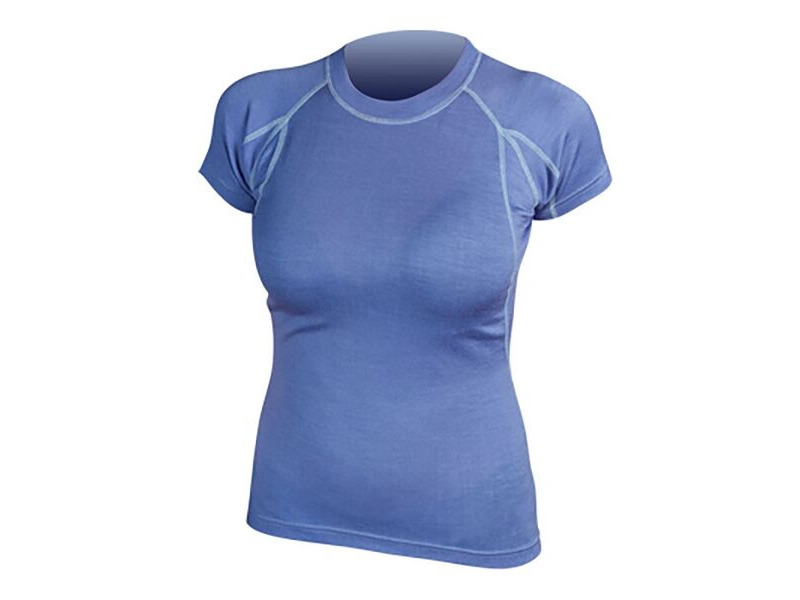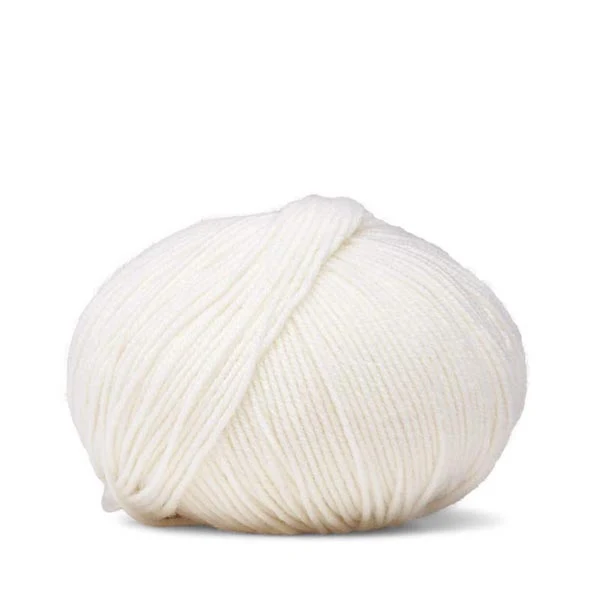Recommended News On Choosing Merino Wool Base Layers
Wiki Article
Why Is Yak Merino Such A Excellent Base Layer For Winter Sportswear?
Yak merino Wool base layers are very effective in winter sports clothing, not just due to their performance benefits but also due to their fiber-based benefits as natural and environmental sustainability- Biodegradable and renewable.
Both wool from yak and merino are natural fibers made from animals (yak and merino sheep respectively). They are both renewable resources that can be sustainably harvested without harming the animals. They can be biodegradable and not cause harm to the ecosystem.
Environmental impact is minimal
The production of natural fibers generally has a lower environmental impact compared to synthetic materials. The cultivation and harvesting of wool involve fewer chemical processes and are not dependent on non-renewable resources compared to synthetic fibers.
Energy Efficiency
Wool fibers are processed with less energy than synthetic fibers. Natural wool has a relatively lower energy use, which contributes to reduced carbon dioxide emissions.
Reduced Microplastics Pollution
Natural wool fibers don't contribute to the pollution of waterbodies by microplastics as synthetic fibers do.
Durability and Recycling
Yak Merino Wool clothing tends to last for a long time and are durable. lasting, which increases their longevity. Wool fibers can also be reused or recycled to reduce consumption.
Sustainability Practices
Certain producers and manufacturers of wool employ sustainable and ethical practices. They take care to ensure the well-being of animals, a good land management and fair work conditions for their workers.
Environmental Certification-
Certifications such as the Responsible Wool Standard and the Global Organic Textile Standard verify the environmentally and ethically responsible practices used to produce wool. This gives consumers assurance regarding sustainability.
The yak merino base layers are eco-friendly since they are made of natural and renewable sources, and are able to incorporate sustainable and ethical practices into the supply chain. The use of natural fibers for winter sports clothing like yak or merino can help support sustainable consumption. View the most popular merino wool base layer for blog recommendations including smartwool 1 4 zip, wool underlayer, best thermal underwear for skiing, smartwool merino 250 base layer, best baselayers for skiing, best merino base layer, wool thermals mens, wool undershirt women's, wool mid layer, wool base layer and more.

What Are The Advantages Of Bamboo Clothing With Regard To Thermal Regulation? Uv Protection. Biodegradability. Environmental Impact.
Bamboo clothing has many advantages with regard to the regulation of temperature as well as UV protection, biodegradability, and environmental impact- thermal Regulation-
Insulation- Bamboo fabric is naturally thermally regulating, providing warmth in cold temperatures and breathable. It regulates the body's temperature by holding warmth when temperatures drop and allows for airflow to keep you cool while working out.
UV Protection
UV Resistance- Bamboo materials provide natural protection against harmful ultraviolet radiation. It is a great layer of protection against sun damage by blocking a large amount of ultraviolet rays.
Biodegradability-
Eco-friendly - Bamboo clothing can be biodegradable. They break naturally and do not pollute the environment. This reduces the amount of waste that is generated as well as the environmental impact caused by discarded clothes.
Environmental Impact-
Bamboo is a renewable raw material. It grows fast and abundantly without the need for pesticides, chemical fertilizers or other chemicals. The environmental footprint is minimized. Its rapid growth rate is a renewable resource.
Bamboo is more water efficient since it requires less water than other crops, such as cotton. This helps in conservation efforts and lessens the strain on water resources.
Soil Conservation-
Soil Health Bamboo farming doesn't typically deplete the soil's nutrients, nor do they require excessive irrigation. This results in healthier soils and reduces the risk of harmful agriculture practices.
Carbon Sequestration -
Carbon Absorption - Bamboo has the ability to absorb and release CO2 more efficiently than other plants. This ability can lower carbon dioxide emissions and combat global warming.
Bamboo's ability to regulate temperature in clothing, its UV protection, its biodegradability and its positive impact on the environment make it a popular choice for those who are looking for eco-friendly and sustainable clothing. These characteristics are in sync with eco-friendly practices that benefit users as well as the environment. Have a look at the top rated helpful site about bamboo clothings for site examples including bamboo boxer shorts for men, bamboo cay christmas shirts, bamboo tee shirts mens, bamboo leggings, bamboo cay christmas shirts, bamboo sweatshirt, bamboo bed clothes, cotton bamboo pajamas, bamboo cay christmas shirts, bamboo clothing leggings and more.

How Do Merino-Layering And Bamboo Clothes Compare To Regular Wool?
Merino Wool, Bamboo Clothing, and Regular Wool have distinctive characteristics that make them distinctive.
Softness- Merino wool is known for its soft and fine fibers, making it comfortable against your skin. It's less likely to cause irritation or itchiness. will cause irritation or itchiness in comparison to other kinds of wool.
Merino Wool is Moisture Wicking. Merino wool wicks moisture away from the skin and allows it evaporate and keep the wearer dry and comfortable.
Merino is an organic insulation that gives extraordinary warmth even when wet. It regulates your body temperature by providing insulation in cold temperatures and breathability when exercising.
Odor Resistance - It naturally prevents the growth of bacteria responsible for odor and keeps clothes fresh when worn for a long time.
Bamboo Clothing
Bamboo clothing is known for its silky and soft feeling, which is often compared to cashmere or silk. It's gentle on the skin and provides a luxurious wearing experience.
Bamboo fabric is wicks moisture away which means that it draws moisture away from your skin while keeping your body dry during exercise.
Temperature Regulation- Bamboo clothing has natural temperature-regulating abilities, offering warmth in winter and breathability to prevent overheating.
Sustainability - Bamboo is a resource that is extremely renewable and can grow very quickly without using pesticides. Bamboo is biodegradable.
Regular Wool
Texture. The classic wool texture may vary. Certain kinds of uncomfortable or itchy textures are more rough.
Warmth- Regular Wool is a great source of great insulation and warmth, however it can be weighty and bulky at times.
Wool can absorb moisture. This makes it less effective in wicking away moisture when compared with merino, bamboo, or other types of fabrics. Wool keeps its warmth even if it's damp.
Summary The softness of Merino Wool makes it odor and odor resistant. It also provides excellent moisture wicking. Bamboo clothing has a silky feel, wicks moisture that regulate temperature and is sustainable. Wool comes in a variety of textures and does not always have the same softness and water-wicking capabilities as bamboo and merino, yet it provides warmth and insulation. Each has its own benefits, catering to different needs and preferences for winter clothing. Have a look at the top merino winter clothings for more info including ski layers womens, smartwool long underwear, 100 merino wool base layer, best ski underlayers, merino wool long underwear, merino wool thermals, wool thermals womens, airblaster merino ninja suit, smartwool base layer sale, best base layer for skiing women's and more.
